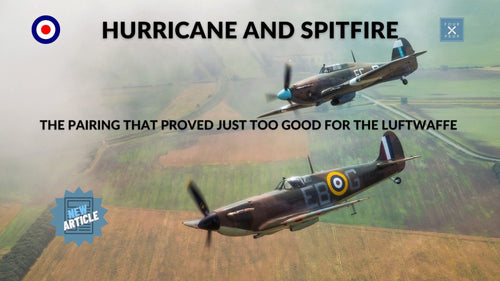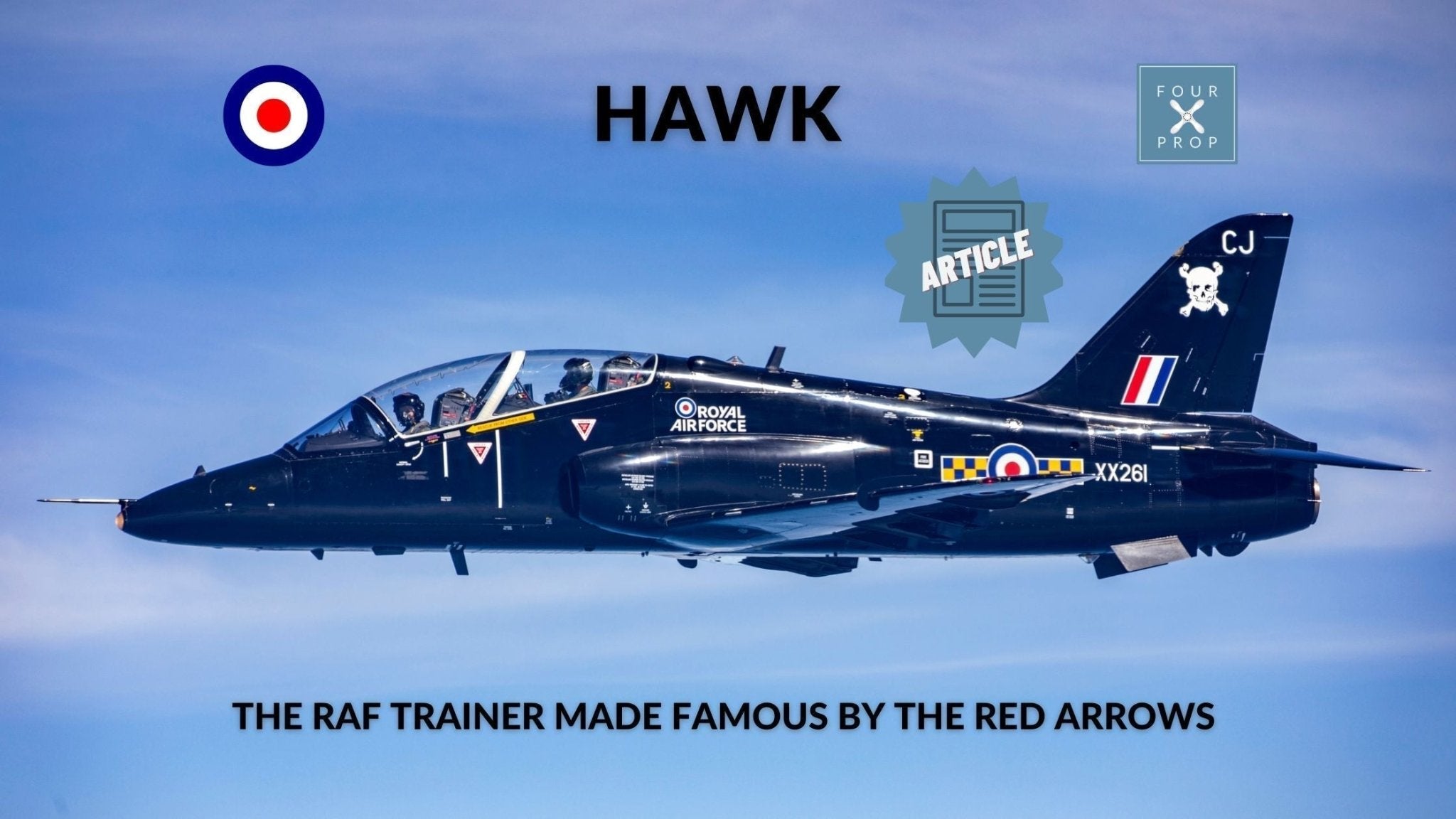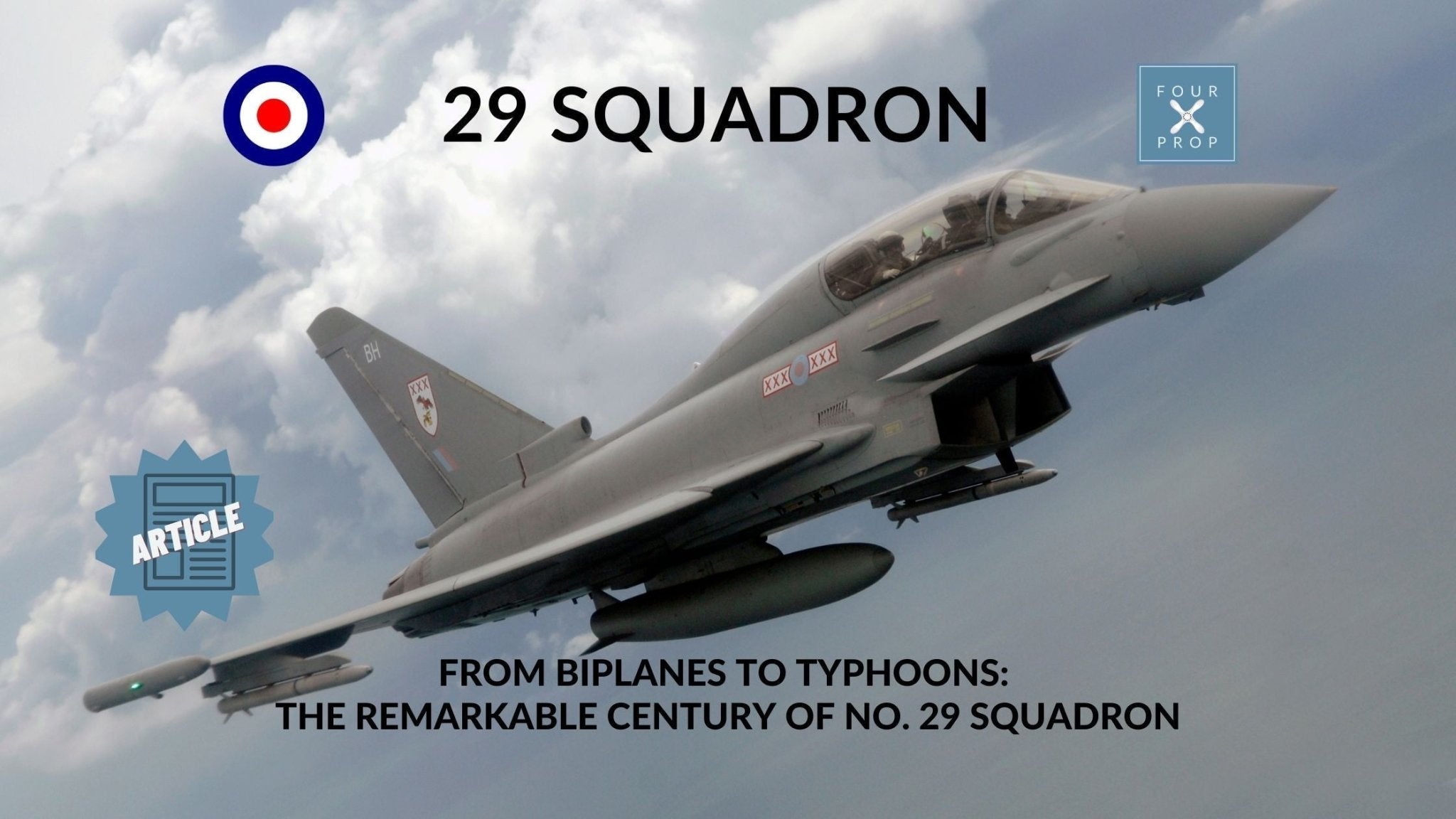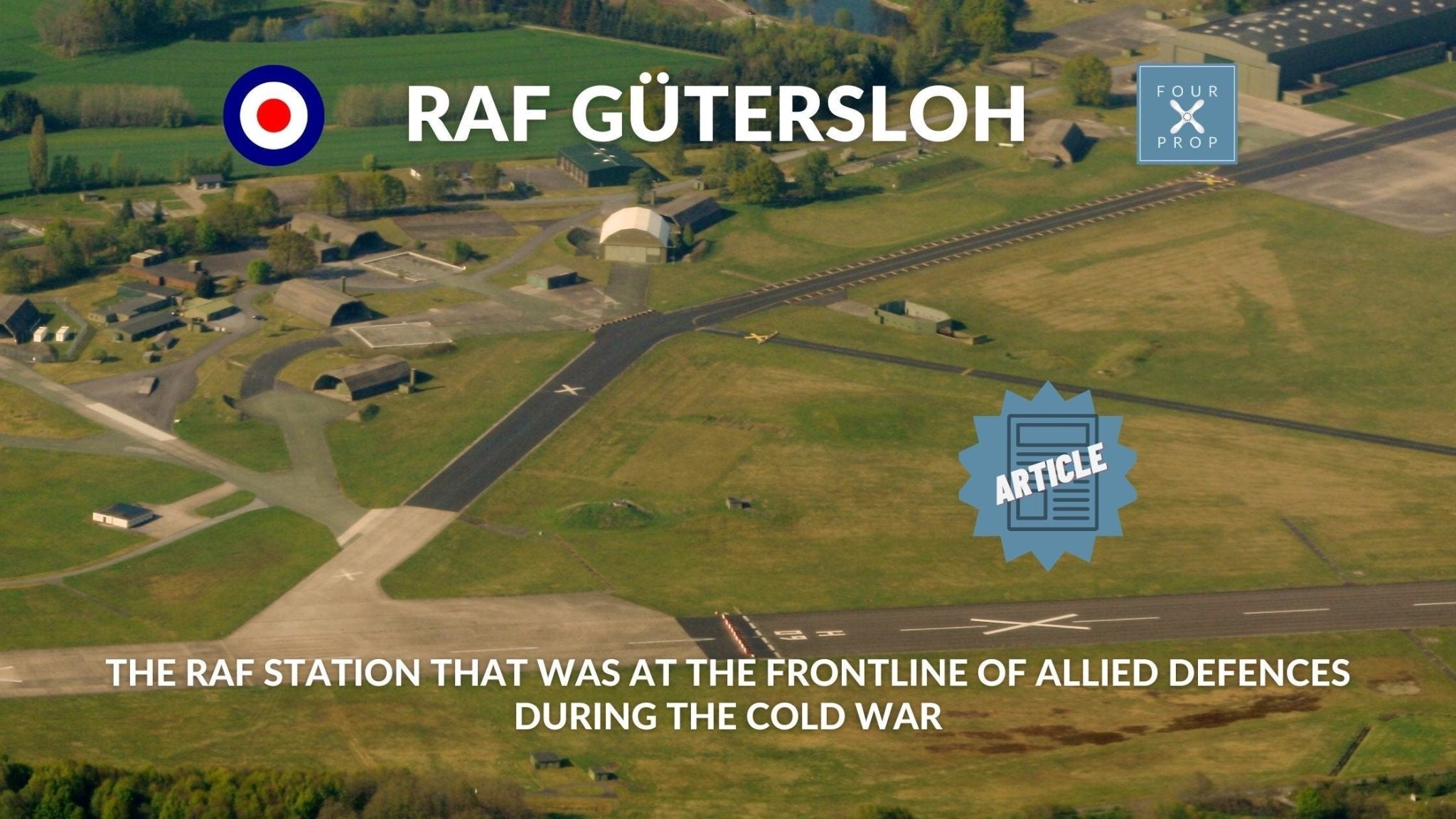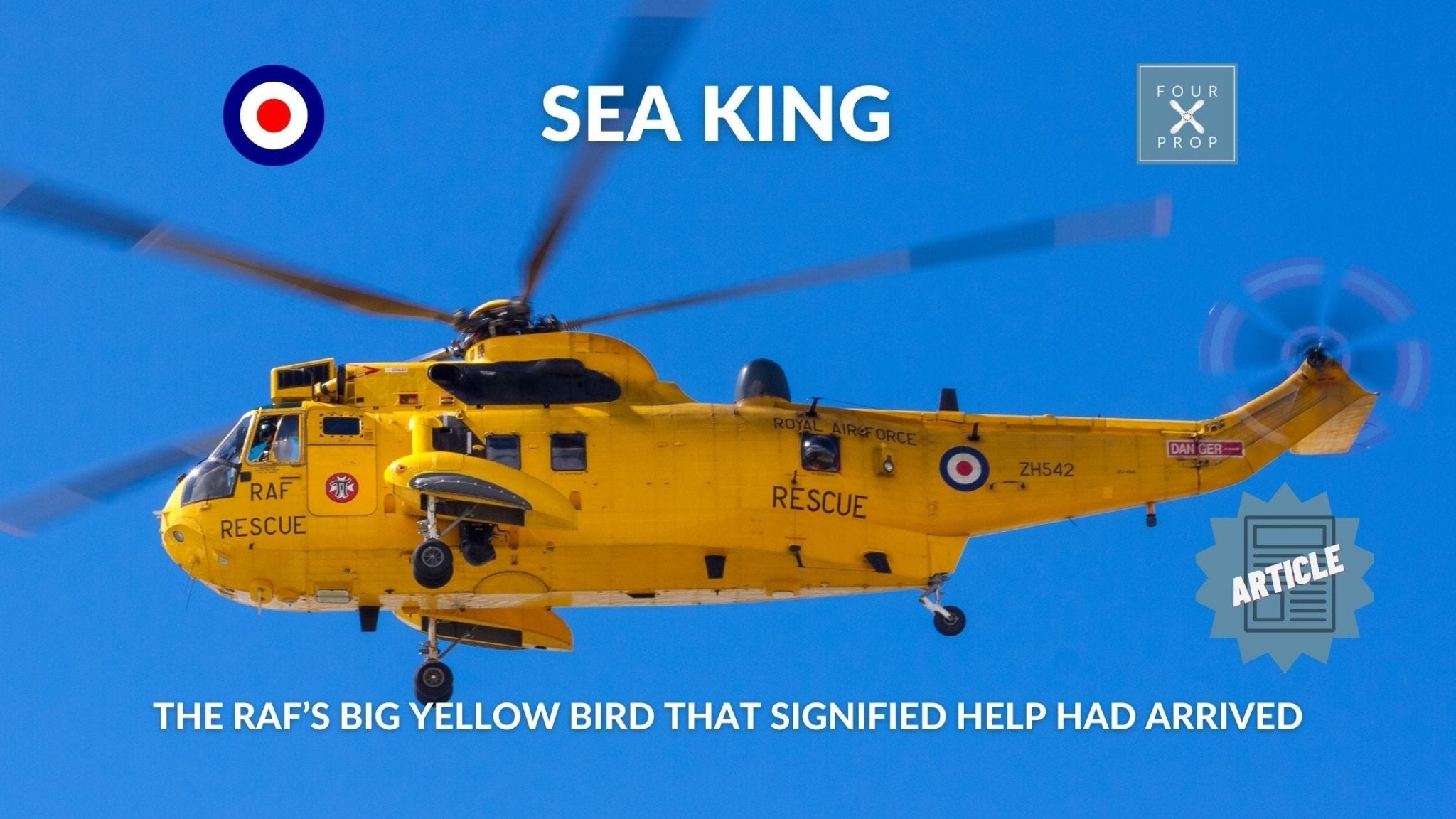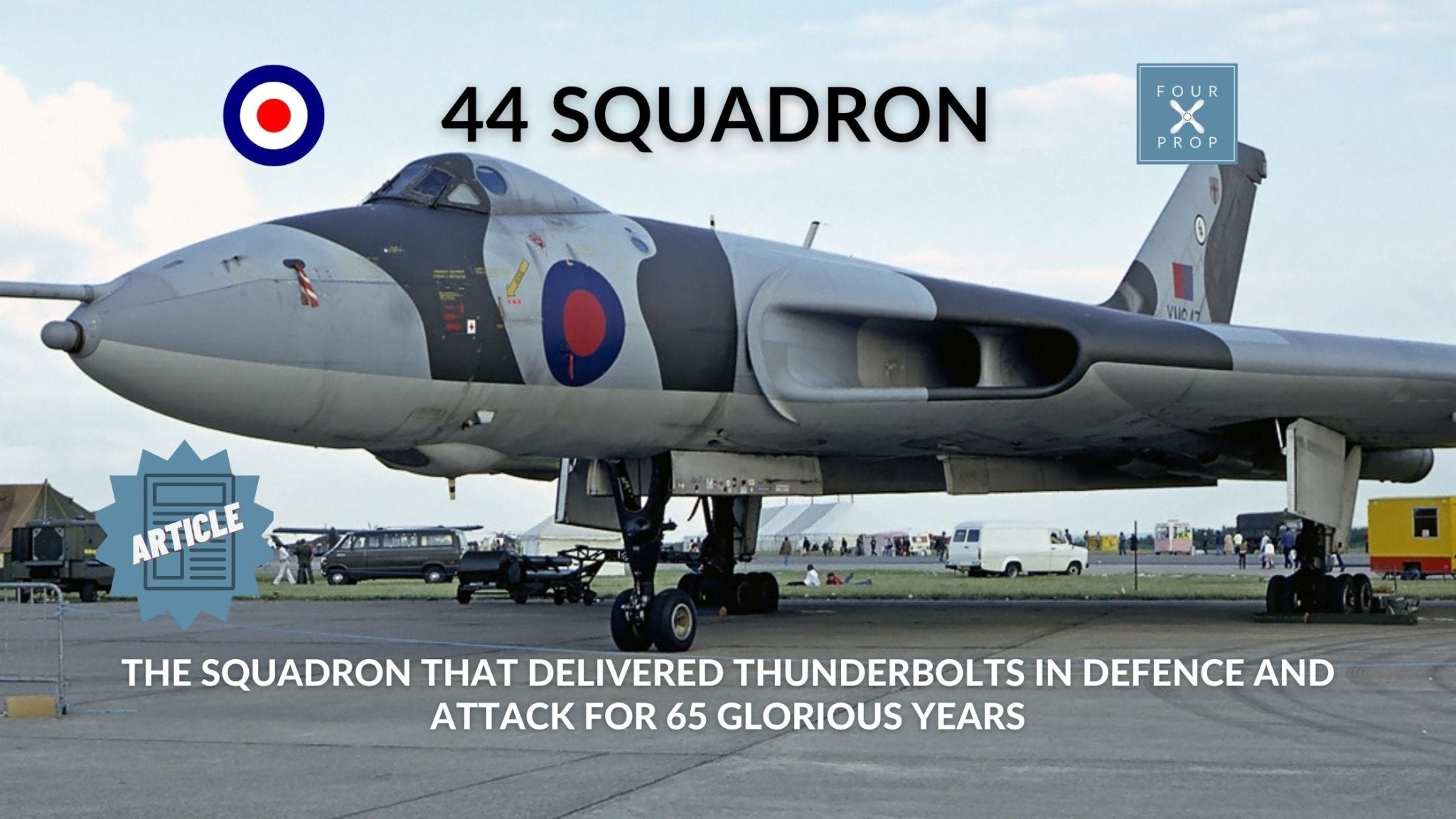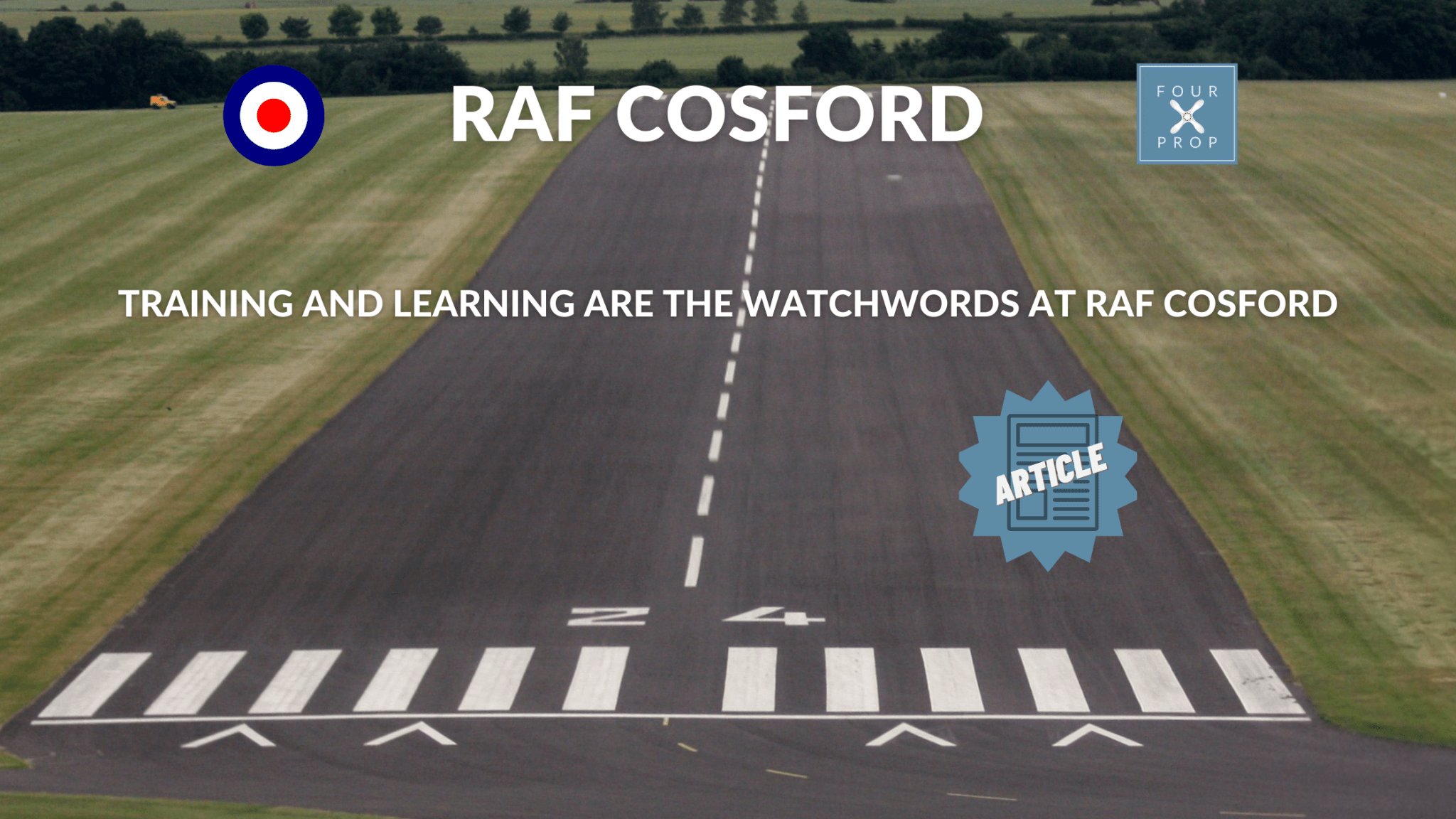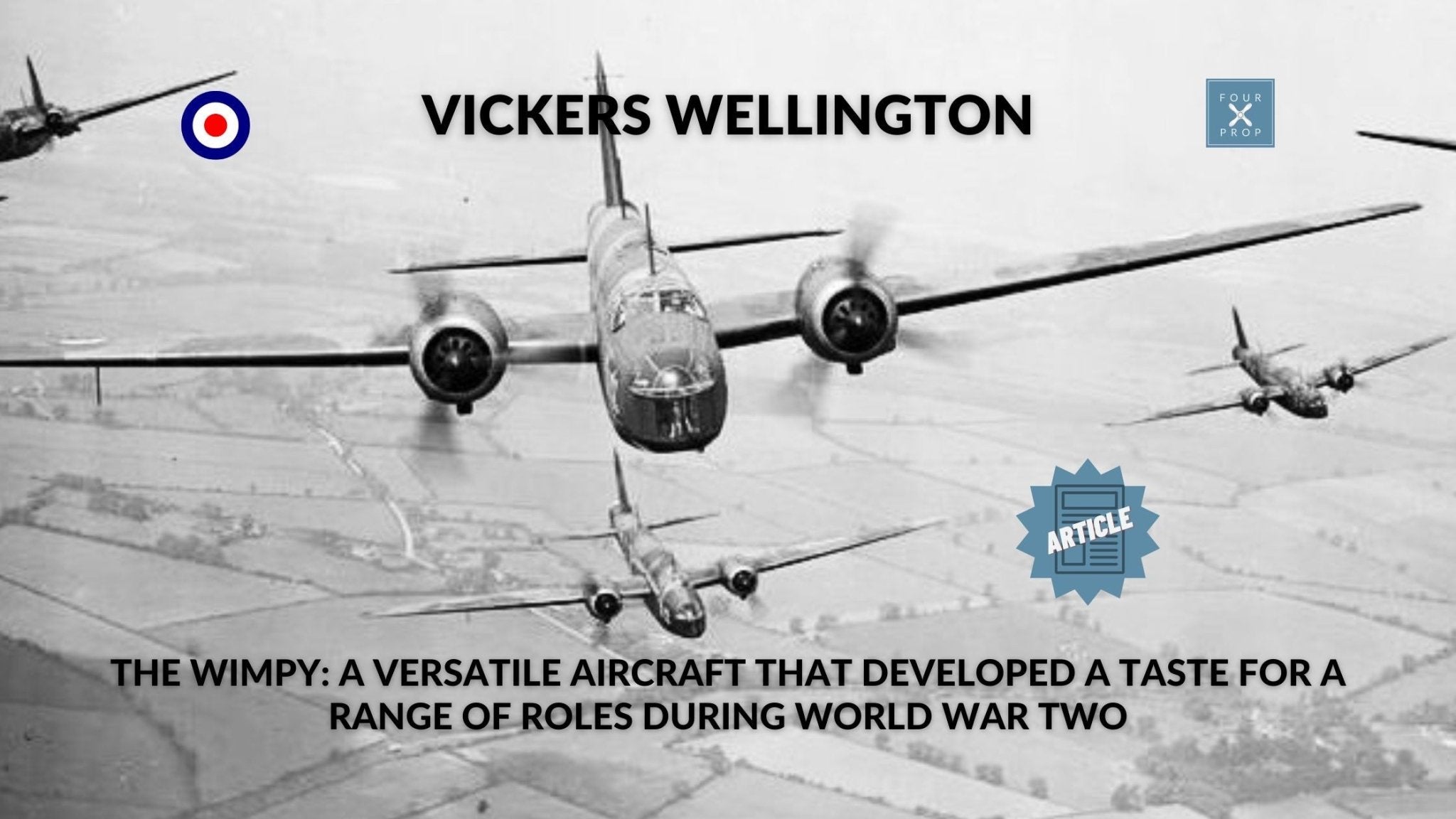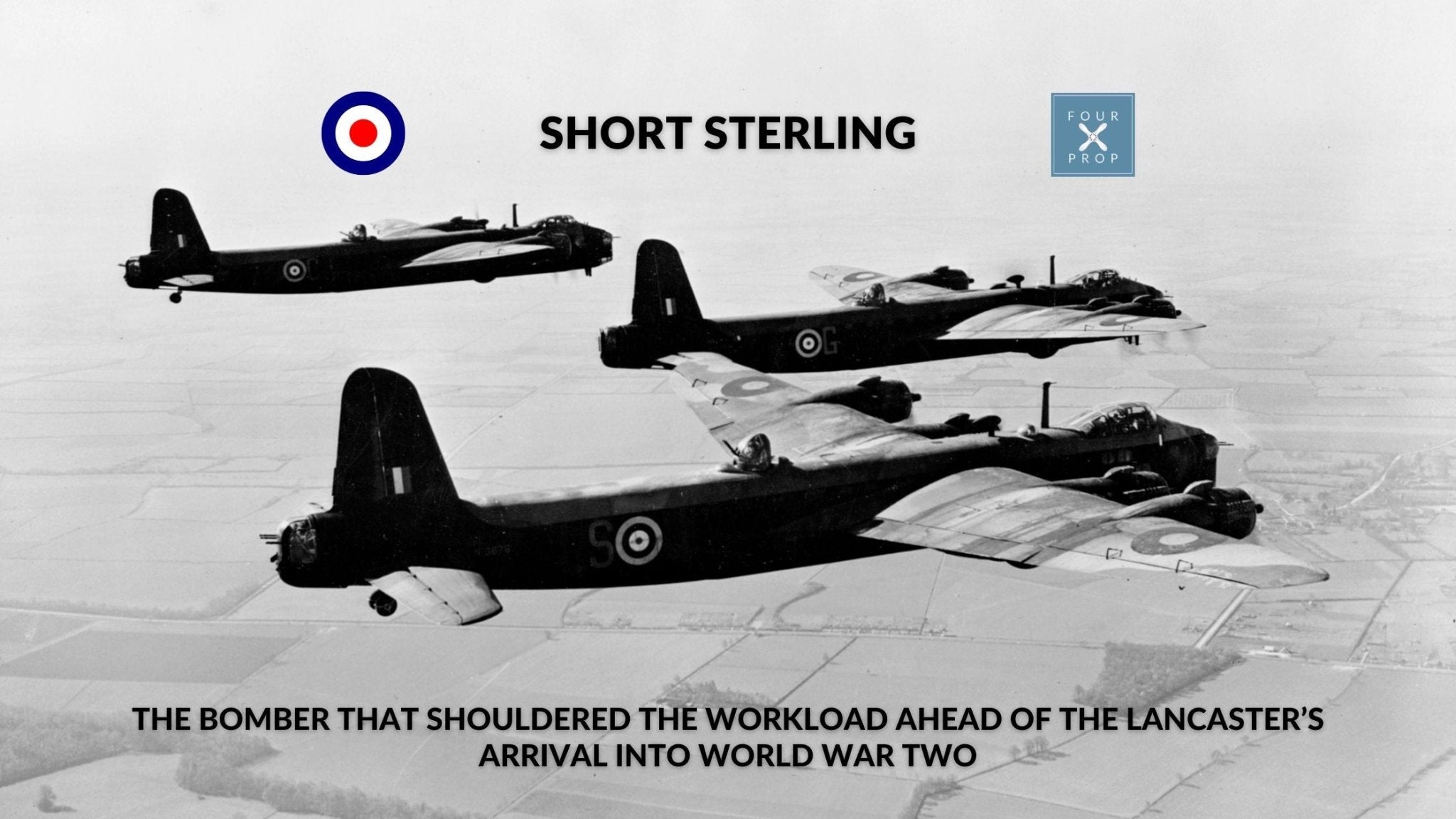The pairing that proved just too good for the Luftwaffe
THE HURRICANE is seen by many as the unsung hero of the Battle of Britain, the fighter aircraft shooting down more German planes than all other air and ground defences combined during the three months and three-week fight for control of British airspace.
While the Spitfire is lauded as the king of aerial combat during WW2, throughout the Battle of Britain it had the specific role of dealing with the fighters escorting the bombers, ideally engaging at low altitudes where its excellent manoeuvrability made it the favourite in any dogfight.
Enemy bombers were the Hurricane’s target, and while the two combined to create a formidable force, the RAF also initially deployed the Boulton Paul Defiant in the Battle of Britain – a two-seat fighter that had the drawback of being without a forward shooting armament, so proving unable to attack aircraft from behind.

(Four 264 Squadron Boulton Paul Defiants)
The Defiant’s limitations were exposed during the evacuation from Dunkirk, but it was still used in the Battle of Britain during July and August 1940, Nos. 141 and 264 Squadrons suffering at the hands of superior Luftwaffe machinery. On July 19, seven of nine Defiants operated by 141 Squadron were shot down by Messerschmitt Bf 109s when tasked with covering a convoy off Folkestone, the remaining two only saved by the intervention of Squadron No. 111’s Hurricanes.
With Squadron No. 264 also suffering high losses, the Defiant was withdrawn from daytime combat operation at the end of August, with a record of losing around 50 per cent of delivered aircraft – a figure deemed unacceptable.
The bulk of work defending the airfields and cities of Britain was in the capable hands of the pilots of Hawker Hurricanes and Supermarine Spitfires, the romance of the latter seeing the Hurricane’s importance perhaps overlooked, especially on screen in dramatisations of the conflict.
The Hurricane may have been only a few years older than the Spitfire, but it was from a different era in terms of technology – the first monoplane to enter RAF service, its structure was effectively a mixture of wood, metal and fabric, compared to the streamlined aluminium bodywork of its counterpart.

(Hurricane of 1 Squadron flown by Plt Off A.V. Clowes)
It was June 1936 that the Air Ministry placed an initial order for 600 Hurricanes with Hawker, trials of the aircraft seeing speeds of up to 315mph reached at an altitude of around 16,000ft. In the same month the public got their first glimpse of the Spitfire at the RAF Hendon air display, but its production was stalled until mid-1938, six months after the first Hurricanes had entered service with the RAF – No. 111 Squadron at RAF Northolt taking delivery in December 1937. By the outbreak of war, 550 Hurricanes were being operated by 18 squadrons, with a further 3,500 on order.
Production of the Spitfire began in 1938 at the Supermarine factory in Southampton, the first batch handed over to No. 19 Squadron at Raf Duxford in August of that year. There were 306 of the streamlined aircraft available to the RAF at the outbreak of WW2, capable of speeds of around 350mph at 19,000ft, coupled with excellent manoeuvrability.

(Spitfire of 19 Squadron, September 1940)
At the start of the Battle of Britain, Germany’s military chiefs believed it would be a matter of weeks before they put the RAF out of action, but the combined skills of British planes and pilots forced the Germans into a long game they would eventually lose.
The combination of the Hurricane and Spitfire were more than a match for the Luftwaffe, the relative simplicity of the former being among its greatest strengths in terms of repair and re-use; ground crew could patch Hurricanes up and send them out again while damage to a Spitfire’s bodywork would need the skills of precision metalworkers to carry out repairs.
Production of the Hurricanes was also cheaper and quicker – it took around 10,000 work hours to construct a Hurricane compared with 15,000 for the Spitfire – with the sheer numbers produced seeing 32 squadrons operating the workhorse of the Battle of Britain compared to 19 squadrons flying Spitfires.
(Battle of Britain Mug - £9.99)
The Hurricane boasted a more stable ammunition platform than its more illustrious teammate, its eight .303 Browning machine guns located close to the centre of the aircraft allowing it to direct sustained and accurate fire on bombers and fighters.
But the Spitfire was the iconic aircraft of the Battle of Britain, and the last words any German pilot wanted to hear over the radio while accompanying bombers on a mission was “Achtung, Spitfires!” While the Messerschmitt Bf 109 was quicker at higher altitudes, the Spitfire was superior at low levels, with its sleek bodywork and wing design, combined with a Rolls-Royce Merlin engine, allowing it to climb quickly and turn at speed, making it a match for any German aircraft.

(Spitfire and Hurricane of the Battle of Britain Memorial Flight)
Many Luftwaffe pilots who survived being shot down by Hurricanes, or even Defiants, would insist it was a Spitfire that got them, its firepower equivalent to the Hurricane, if a little less accurate. When Luftwaffe commander-in-chief, Hermann Göring, called a group meeting of pilots to demand to know what was needed to gain victory, a young ace named Adolph Galland declared: “A squadron of Spitfires.”
While capable of competing with the Messerschmitts in a dogfight, Hurricanes were tasked with bomber duties, leaving Spitfires to engage the fighters in the main, most notably the combination proving highly successful on Battle of Britain day, September 15; the Luftwaffe launching its largest and most concentrated attack against London.
Around 1,500 aircraft took part in battles that lasted until dusk, the Germans mistakenly believing the RAF to be on the verge of collapse, their attack plan playing into British hands: coming in two distinct waves, they allowed the RAF time to refuel and rearm, meeting the enemy aircraft initially just as it arrived on British shores, the bombs dropped by those aircraft that did reach the capital either missing their targets or causing minimal damage.
The Luftwaffe sustained its heaviest losses in over a month, their strategy resulting in an overwhelming defeat at the hands of the Royal Air Force.


